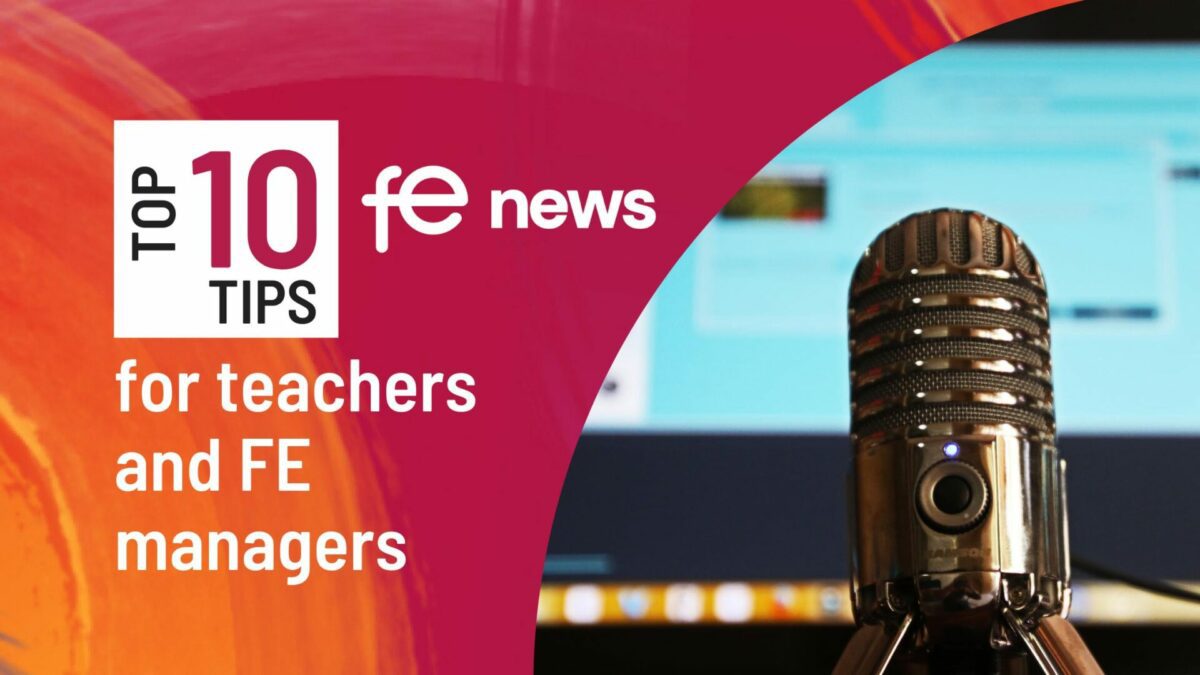Are you making the most of Twitter?

A year ago many providers were still hesitant about getting involved with social media sites such as Twitter. However, over the last year, quite a few have taken the plunge, joined Twitter and started tweeting. Now the questions being asked are about how to use Twitter to help to build relationships with employers and to bring in more employer business.
What is Twitter?
Twitter is a micro-blogging platform which allows you to post – that is make public – short messages of up to one hundred and forty characters. You can converse, in the public arena, with those who are following your messages or tweets. You can follow people on Twitter yourself and thus receive their tweets, too.
Twitter is big business, but working out how to use this medium effectively takes some thought. When you come to think about your approach to using Twitter, what should your guiding principles be? If you can answer the following questions, you’ll be well on the way to effective tweeting.
Why are you involved with Twitter?
There are more than seventy-five million Twitter accounts, but why did you sign up? Why are you tweeting? The Twitter guidelines for government departments include such objectives as: expanding the reach of departmental or corporate messages, communicating with the public in a human and less formal voice, providing thought leadership and credibility and providing an easy way for the public to interact with government.
You’ve probably got involved with Twitter because you want to achieve some of these objectives in the context of your work with employers, but which objectives are the most important? What exactly do you want to achieve as a result of engaging with Twitter?
If you produce guidelines explaining your aims, you’ll help those managing your Twitter presence to create the right messages and to cover the right subjects via your organisation’s tweets.
Who do you want to meet?
When you tweet it’s a good idea if you are clear about who you want to converse with. Are you interested in creating a Twitter community within a geographic region? Are you looking for all employers in your area to follow you or just certain types of employer? Are you looking to create links with important stakeholders in specific industries?
These are important questions, because your answers will shape the content of your tweets, how you choose to position your Twitter presence and who you decide to follow.
What do you want to say?
If you know why you’re on Twitter and who you want to meet, you’ll have a good idea of what you want to say.
If you’re looking to use Twitter to start a conversation with a new audience, then think about what will interest them. What will make them want to read your tweets? Most employers, for example, want information. They also want signposting to updates on subjects that affect their business, such as changes to taxation, new developments in their industry, new legislation and so on. Make sure you offer them these types of tweets.
Remember, too, that Twitter is social. It’s about dialogue and conversations. If you only tweet about your courses and your events, you won’t generate much interest or many followers. If you want people to be interested in your messages, it’s a good idea to offer that valuable information and guidance people are seeking more often than your promote your courses and events.
Finally, if the people who tweet on your behalf know the answers to the above questions, they’ll be able to promote a consistent Twitter message with a clear Twitter voice. Do this and your organisation really will be making the most of Twitter.
Margaret Adams is a consultant who helps provider organisations to do more business with more employers. She writes two popular blogs on employer engagement: Attract More Business and Achieving the TQS







Responses